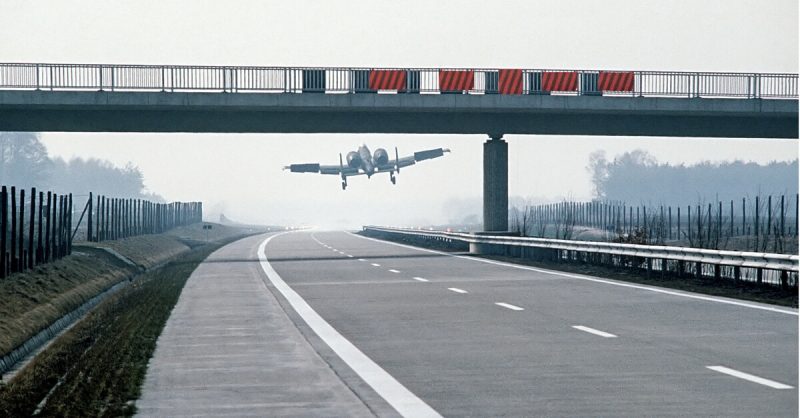In 1984, the NATO held an exercise on the German Highway, known as the Autobahn, to test one of the contingency plans in case the regular airbases were taken out by a Soviet attack.
A purposely build 2600 meter stretch of highway of the A-29 was tested as A-10 Thunderbolts, C-130 Hercules transports and F-15 and F-16 fighters landed on the makeshift runway. After landing, the planes were refueled from dispatched trucks and then took off from the highway.
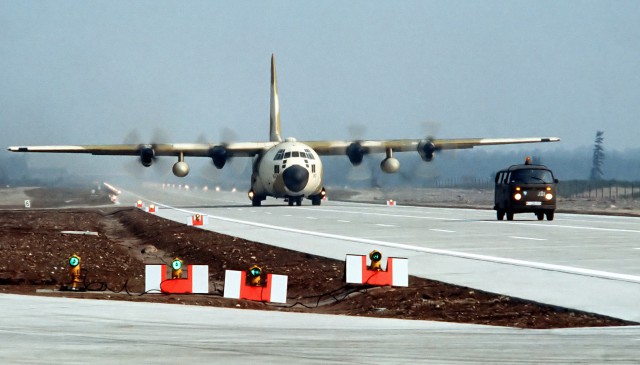
In the 1980s, there were 29 stretches of highway that could be turned into makeshift airfields within 24 hours. There were no above-ground power cables and no streetlights, all highway signs and crash barriers were fully removable.
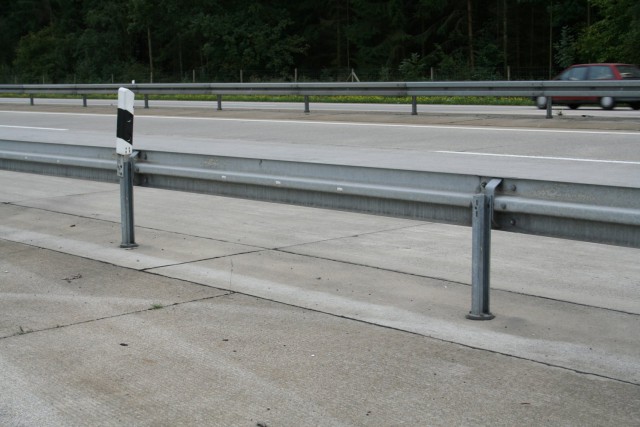
The road would then needed to be swept to remove all debris before any aircraft movement could take place. Then all that were needed to turn a highway into an airfield were mobile radars and an air traffic control tower.
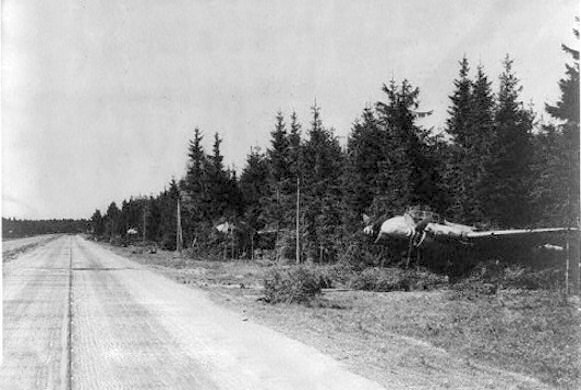
The first highway airfields were constructed near the end of World War II in Nazi Germany, where the well developed Reichsautobahn system allowed aircraft to use the motorways.
The German airbases were under constant air attack and mostly unusable thus new airfields had to be improvised.
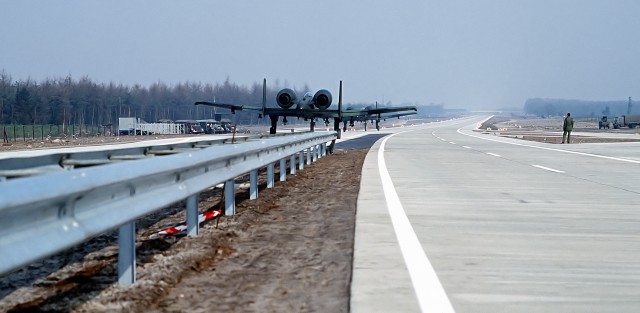
In the Cold War highway strips were systematically built on both sides of the Iron Curtain, mostly in the two Germanys, but also in North Korea, Taiwan, Sweden, Finland, Switzerland, Poland and Czechoslovakia.
Since the Cold War ended most highway airfields have been converted back into normal highways but some have been retained.
